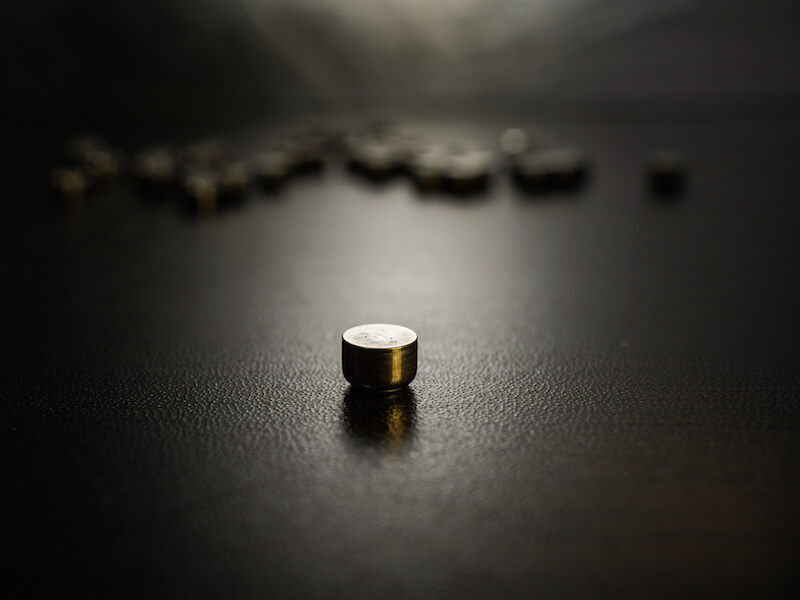
Contemporary technology has evolved the way we power electronics of all kinds, from cameras to phones to music players. A powerful, rechargeable hearing aid battery is finally living up to the hopes of hearing aid manufactures to replace the outdated disposable power sources of the past.
Size 312 batteries are the most prevalent of the disposable batteries that have typically been used to power hearing aids. The most prominent form of this battery, now, is “zinc-ion”.
Disposable Hearing Aids Have a Disadvantage
As the name would suggest, a zinc-air battery is affected by the presence of air. In the case of the 312 batteries used in many hearing aids, the user is required to pull a little tab off the back of the battery before it’s activated and functional.
They will begin draining power the moment they are fully oxygenated. So the power is draining even if the user isn’t actively using it.
The biggest drawback to disposable batteries, for most users, is how long they last. With 312 batteries, the user might be replacing the batteries in their hearing aids about 120 times per year because they die in 3 to 12 days according to some reports.
Because of this, besides having to purchase 120 batteries, the user will need to switch and properly dispose of batteries at least two times every week. That’s most likely over $100 in batteries from a cost outlook alone.
Rechargeable battery Advancements
Thankfully, for hearing aid users looking for another approach, there have been profound advancements to rechargeable hearing aids that now make them a practical solution.
The vast number of individuals would wear rechargeable hearing aids if given an option according to some research. Until recently these models have historically struggled to give a long enough charge to make them practical. But today’s rechargeable batteries will last all day without requiring a recharge.
Users won’t see significant cost benefits by switching to rechargeable batteries, but where they will see a demonstrated improvement is in quality of life.
These modern models give less frustration on top of keeping a 24 hour charge because the user doesn’t have the burden of constantly swapping out the batteries. Instead, they only need to take out the battery and place them in a convenient tabletop charging unit.
A disposable battery approaching the end of its life simply can’t operate at full capacity. And you can’t determine how near the battery is to quitting. As a result, users chance putting themselves in a situation where their battery may die at a critical time. Not only is this a safety hazard, but users could miss significant life moments due to a faulty battery.
Types of Rechargeable Hearing Aid Batteries
Rechargeable batteries come in a number of different materials, each providing unique advantages. The ability to hold a charge for 24 hours is one reason why integrated lithium-ion batteries are one practical option that manufacturers provide. You may be surprised to know that this same type of technology is what charges and powers your smart-phone.
Silver-zinc technology is another material used for modern rechargeable hearing aids. This innovative technology was originally manufactured for NASA’s Apollo missions to the moon. You can even use this technology to upgrade and retrofit the existing hearing aids you’re comfortable with by changing the device to rechargeable power. These batteries, similar to lithium-ion, will also last all day before needing to be recharged.
There are also models that let you recharge the hearing aid without removing the battery at all. For these, users will place the entire hearing aid on a charging station when they sleep or at another time when the device is not in use.
Whichever solution you decide on, rechargeable batteries will be considerably better than disposable batteries. You just have to do some research to determine which solution is ideal for your needs.
If you’re searching for more information about hearing aid technology or how to pick the ideal hearing aid to satisfy your needs, we encourage you to take a look at our hearing aids section.